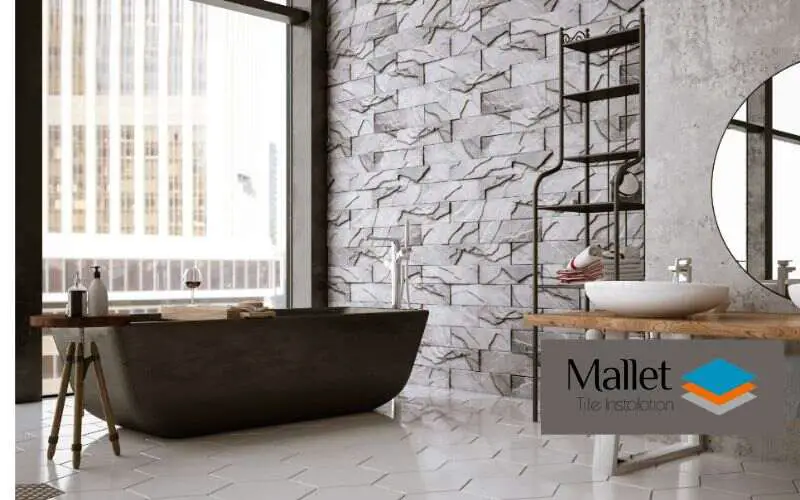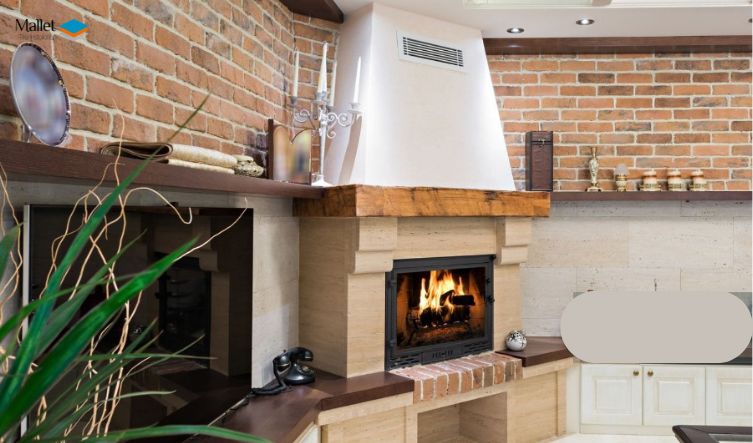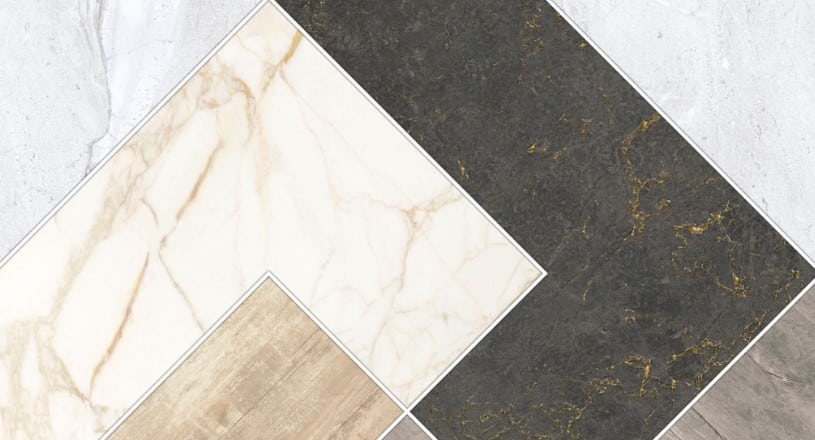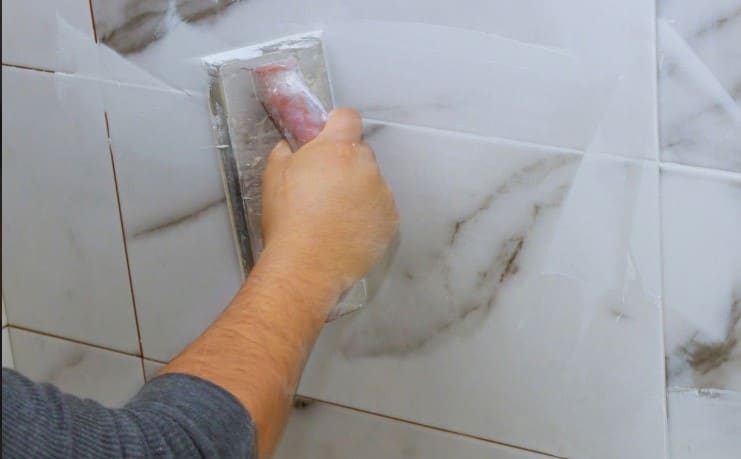Tiles not only enhance the visual appeal of our spaces but are also known for their longevity. However, their beauty can quickly be tarnished by unsightly stains if not properly cared for. This guide aims to arm you with knowledge and tactics to maintain your Immaculate tiles’ aesthetic and durability. We’ll discuss the importance of tile protection, introduce common types of tiles along with their vulnerabilities, and emphasize a proactive approach to tile care.
Understanding Tile Materials and Their Susceptibilities
Porcelain and Ceramic: Low porosity and maintenance
Porcelain and ceramic tiles are loved for their resilience and ease of maintenance. Here are some tips for their care:
- Identifying quality tiles: Look for tiles with a rating of 3 or higher for home use, ensuring durability.
- Routine care and cleaning tips: Sweeping or vacuuming along with damp mopping using a mild detergent keeps them in top condition.
- Sealing options for extra protection: Though not always necessary, applying a sealant can provide an additional layer of protection against stains.
Natural Stone: Beauty with increased stain risk
Natural stone tiles like marble, slate, and granite add unmatched elegance but require more attention:
- Different types of stone tiles and their specific care needs: Each type demands specific care; for instance, marble is prone to etching and needs pH-neutral cleaners.
- How porosity affects stain prevention: The higher the porosity, the more vulnerable the tile is to staining. Regular sealing is crucial.
- Essential sealing practices for stone tiles: Sealing every one to two years can prevent water and oil-based stains from penetrating the surface.
Glass and Mosaic Tiles: Specialty care for lasting shine
Glass and mosaic tiles require specific care to maintain their lustrous look without damage:
- The unique challenges of keeping glass and mosaic tiles stain-free: They can show water spots and fingerprints more easily than other types.
- Cleaning agents and techniques that work best: Use a non-abrasive cleaner and a soft cloth to avoid scratches.
- Preventing grout stains amidst glass and mosaic settings: Sealing grout lines can significantly reduce the risk of stains and discoloration.
Daily Practices for Tile Longevity
Immediate Action Against Spills
Promptly addressing spills can save you a lot of trouble down the line:
- The importance of wiping spills promptly cannot be overstated. Immediate action prevents the spill from seeping into grout or pores.
- Best materials for spill clean-up: Microfiber cloths work best for absorbing spills without leaving residues.
Smart Cleaning Habits
Keeping your tiles looking new doesn’t require back-breaking work, just smart cleaning habits:
- Effective and safe cleaning agents for tiles: Always opt for pH-neutral cleaners to avoid damaging your tiles.
- Tools and equipment to enhance cleaning efficiency: Microfiber mops and soft brushes can clean effectively without scratching the surface.
- Frequency of cleaning for maintaining spotless tiles: Routine cleaning, at least weekly, can prevent dirt accumulation which might lead to staining.
Protective Measures That Pay Off
Simple measures can significantly enhance the life of your tiles:
- Utilizing mats and rugs in high-traffic areas can reduce wear and tear.
- Furniture padding to prevent scratches and stains: Ensure furniture legs have felt pads to avoid unintentional scratches.
- The role of proper ventilation in stain prevention: Especially in bathrooms and kitchens, proper ventilation can help in reducing moisture and consequent mold growth.
Professional Interventions and When to Seek Them
Sometimes, despite our best efforts, professional intervention becomes necessary:
Recognizing the Signs That Professional Help is Needed
- Deep-set stains and when to worry: If home remedies fail, professional cleaning might be required.
- Cracking and chipping: These might be signs of deeper issues needing expert assessment.
- Discoloration and fading: An indication that your tiles might need professional cleaning or resealing.
Options for Professional Tile Treatment
- Deep cleaning services can rejuvenate your tiles, restoring their original shine.
- Sealing and resealing services provide an added protection layer, especially for natural stone tiles.
- Repair and replacement: Professional services can seamlessly handle these, ensuring your tiles look impeccably new.
Selecting the Right Professional Services
- Criteria for choosing a tile maintenance professional should include experience, services offered, and positive reviews.
- The importance of reviews and recommendations cannot be overstated. They provide insight into the quality and reliability of services.
- Understanding service warranties and guarantees ensures that you’re covered in case of unsatisfactory work.
Innovations in Tile Protection and Maintenance
The world of tile care is not static; new technologies and practices continually emerge:
Advances in Sealing Technologies
- New developments in sealant formulas are making sealants more effective and long-lasting.
- Eco-friendly and health-conscious options are available for those concerned about the environmental and health impacts.
Cutting-edge Cleaning Tools and Solutions
- Robotic cleaners are proving to be effective in keeping tiles clean with minimal effort.
- The latest in natural and pH-neutral cleaning agents offer safer alternatives for your tile care routine.
- Innovations in steam cleaning provide a deep clean option without the use of harsh chemicals.
Future Trends in Tile Protection
- Smart tiles and the future of self-cleaning surfaces are on the horizon, promising to revolutionize tile maintenance.
- The role of nanotechnology in stain prevention could lead to surfaces that repel stains on a molecular level.
- Sustainable practices in tile manufacturing and maintenance are gaining traction, reflecting a growing environmental consciousness.
Summary and Recommendations
Keeping your tiles looking clean and shiny isn’t as hard as it might seem. It’s all about taking care of them regularly, no matter what kind they are – porcelain, ceramic, stone, or glass. Think of it like taking care of a plant. Just like plants need water and sunlight to stay healthy, your tiles need a little bit of attention to stay beautiful. You can do simple things every day to help, like wiping up spills quickly so they don’t stain and giving them a good clean with the right kind of cleaner. Sometimes, you might need to call in a professional cleaner to help, especially if there’s a tough stain you can’t get out. By doing these things, you’ll keep your tiles looking as good as new. Let’s make sure our floors and walls are something we can be proud of by keeping them nice and clean!
FAQs
Q: Can all types of tiles be sealed for extra protection?
A: Most tiles, especially porous ones like natural stone, can benefit from sealing. However, always consult manufacturer recommendations.
Q: How often should natural stone tiles be resealed?
A: It generally ranges from every one to two years, depending on foot traffic and tile location.
Q: What are the best homemade solutions for quick spill clean-ups?
A: A mixture of water and mild dish soap is effective for most spills. For tougher stains, baking soda and water can work wonders.
Q: Are steam cleaners safe for all tile types?
A: Steam cleaners are safe for most tiles, but use caution with natural stone tiles as the steam can potentially damage the sealant.
Q: How can I tell if my tiles need professional cleaning or resealing?
A: Look out for dullness, deep-set stains, or if water no longer beads on the surface as signs it might be time for professional care.









